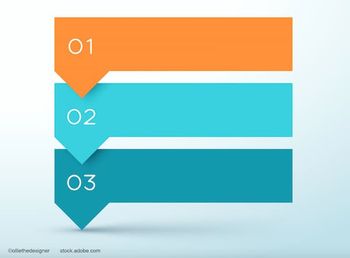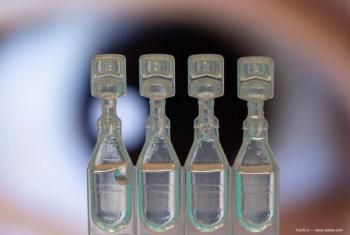
Ranibizumab beneficial for diabetic macular edema in pilot study
A pilot study of ranibizumab (Lucentis, Genentech), a vascular endothelial growth factor antagonist, showed that the drug is effective for treating diabetic macular edema, reported Peter Campochiaro, MD, who spoke at the Retina Subspecialty Day.
A pilot study of ranibizumab (Lucentis, Genentech), a vascular endothelial growth factor antagonist, showed that the drugis effective for treating diabetic macular edema, reported Peter Campochiaro, MD, who spoke at the Retina SubspecialtyDay.
Twenty patients with chronic macular edema were included in the trial. Inclusion criteria included a foveal thickness of250 microns or greater, vision of 20/40 to 20/320, no laser treatment during the previous 3 months, no periocular orintraocular steroids for 4 months, or antiangiogenic treatment for 12 months, he explained. Dr. Campochiaro is from theDepartment of Ophthalmology, Wilmer Eye Institute, Baltimore.
The study design called for an intravitreal injection of 0.5 mg of ranibizumab at baseline and at 1, 2, 4, and 6 months.The primary end point was month 7, and the patients were followed for 1 year.
Dr. Campochiaro showed the optical coherence tomography scans for two patients from all visits.
"The response to ranibizumab was rapid," he reported. "One week after the first injection there was marked improvement inthe foveal thickening. In one patient the improvement remained for the duration of the trial; in the second patient, therewas an initial improvement 1 week after injection, but the improvement deteriorated over 1 and 2 months with thedevelopment of substantial macular edema."
Interestingly, the vision of the second patient improved somewhat and another injection was administered.
"This patient was cycling. The improvement from the injections did not last an entire month," he explained.
All 20 patients responded to ranibizumab, but the pattern of the response differed among patients. The improvement in themean excess foveal thickness at the primary end point was about 87% (median, 97%), an improvement that Dr. Campochiarodescribed as "dramatic."
Even 1 year after treatment, there was still substantial improvement in the foveal thickness.
"These treatments were well-tolerated with no signs of toxicity," said Dr. Campochiaro concluded. "There was markedimprovement in the diabetic macular edema."
At the primary end point, the median improvement in foveal thickness was 300 microns, a 97% improvement. The meanimprovement in visual acuity was 10 letters.
"Six months after the last treatment, there was still significant improvement compared with baseline, raising the followingquestions: What is the appropriate interval for the injections? What are the long-term effects of the treatment? Is thereany benefit to combining this treatment with laser treatment?" Dr. Campochiaro posed.
A phase II trial is planned.
Newsletter
Don’t miss out—get Ophthalmology Times updates on the latest clinical advancements and expert interviews, straight to your inbox.














































.png)


